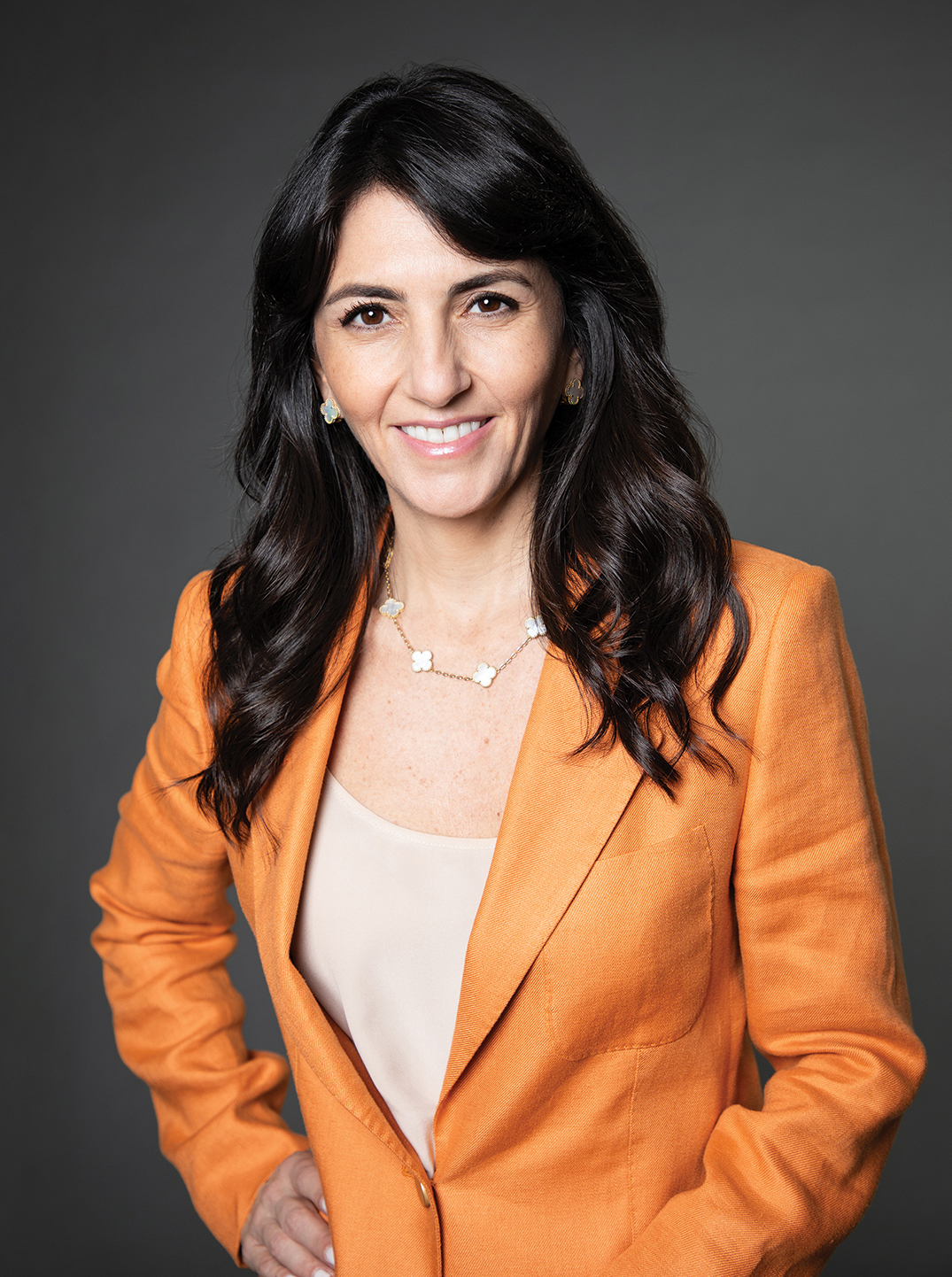Financial Planning and Investing: Women Closing the Confidence Gap
Since the start of the pandemic, women have become more involved in their financial futures.


When it comes to personal finance, at least one good thing has come out of the pandemic: Women are becoming more focused on their financial futures. In Own Your Worth 2020, a survey on women and money from UBS, 63% of women said that COVID has affected how they think about money, and they’re more likely to discuss issues such as financial reviews and investing with their spouses and children. In a study by Fidelity Investments, 67% of women interviewed said they are more engaged in managing their money and have expanded their efforts to help shore up their finances. And attendance is up at women’s investing events on Meetup, the online networking site, with 150 groups focusing on women and investing.
That could represent the start of a major shift. Over the years, there has been a persistent confidence gap between men and women when it comes to investing. The UBS study found that half of married women still defer to their spouses when it comes to long-term planning and investing. That applies to women of all ages, education and income levels. And single women feel less confident about making long-term financial decisions than single men.
In addition, a big chunk of the investments women have is concentrated in retirement accounts.

Sign up for Kiplinger’s Free E-Newsletters
Profit and prosper with the best of expert advice on investing, taxes, retirement, personal finance and more - straight to your e-mail.
Profit and prosper with the best of expert advice - straight to your e-mail.
Why the gap? Besides the confidence factor, a number of reasons have been suggested to explain the gap. “When you ask women why they defer to their spouses, they cite things like entrenched roles within the family, a desire to keep peace in the relationship and a belief that their spouse knows more,” says Julie Fox of UBS Private Wealth Management.
How do you help women feel more comfortable? “I start by telling women how investing, rather than just saving, can help them reach their goals, and what they can do with money as they grow wealth,” says Erin Lowry, author of Broke Millennial Takes on Investing. Fox advises starting with small steps. “Just having a financial discussion with your spouse or being at the table with an adviser is helpful,” she says.
Gerri Walsh, president of the Finra Foundation, says there appears to be a connection between confidence and knowledge, so beefing up financial education plays a key role (you’ll find tools and resources at finra.org/investors). Walsh says hands-on learning, videos and workplace financial education are particularly effective. (Fidelity sponsors a workplace-based program called Women Talk Money.) And having a coach can change behavior, she says.
Based on what I hear from my readers, it often helps if that coach is another woman. “Some financially savvy friends gave me the name of a female adviser, and I’ve been happy ever since,” writes Lynne Derry. “I am happy with a balanced portfolio, and now I have a few friends to talk to about investments.”
Maureen Larkin was introduced to the world of money by a woman she met at her second adult job. Fast forward 30 years, and Larkin is “very confident and secure managing all our family finances and investments,” she says. “And I’m doing a dang good job of it.”
Get Kiplinger Today newsletter — free
Profit and prosper with the best of Kiplinger's advice on investing, taxes, retirement, personal finance and much more. Delivered daily. Enter your email in the box and click Sign Me Up.

Janet Bodnar is editor-at-large of Kiplinger's Personal Finance, a position she assumed after retiring as editor of the magazine after eight years at the helm. She is a nationally recognized expert on the subjects of women and money, children's and family finances, and financial literacy. She is the author of two books, Money Smart Women and Raising Money Smart Kids. As editor-at-large, she writes two popular columns for Kiplinger, "Money Smart Women" and "Living in Retirement." Bodnar is a graduate of St. Bonaventure University and is a member of its Board of Trustees. She received her master's degree from Columbia University, where she was also a Knight-Bagehot Fellow in Business and Economics Journalism.
-
 6 Stunning Waterfront Homes for Sale Around the US
6 Stunning Waterfront Homes for Sale Around the USFrom private peninsulas to lakes, bayous and beyond, Kiplinger's "Listed" series brings you another selection of dream homes for sale on the waterfront.
By Charlotte Gorbold Published
-
 Six Reasons to Disinherit Someone and How to Do It
Six Reasons to Disinherit Someone and How to Do ItWhether you're navigating a second marriage, dealing with an estranged relative or leaving your assets to charity, there are reasons to disinherit someone. Here's how.
By Donna LeValley Published
-
 UBS Global's Solita Marcelli: It's a Green Light for U.S. Stocks in 2025
UBS Global's Solita Marcelli: It's a Green Light for U.S. Stocks in 2025A strong economy, rate cuts and continued AI spending should support stocks in the new year, says UBS Global's chief investment officer, Americas.
By Anne Kates Smith Published
-
 Bond Basics: Zero-Coupon Bonds
Bond Basics: Zero-Coupon Bondsinvesting These investments are attractive only to a select few. Find out if they're right for you.
By Donna LeValley Published
-
 Bond Basics: How to Reduce the Risks
Bond Basics: How to Reduce the Risksinvesting Bonds have risks you won't find in other types of investments. Find out how to spot risky bonds and how to avoid them.
By the editors of Kiplinger's Personal Finance Published
-
 What's the Difference Between a Bond's Price and Value?
What's the Difference Between a Bond's Price and Value?bonds Bonds are complex. Learning about how to trade them is as important as why to trade them.
By Donna LeValley Last updated
-
 Bond Basics: U.S. Agency Bonds
Bond Basics: U.S. Agency Bondsinvesting These investments are close enough to government bonds in terms of safety, but make sure you're aware of the risks.
By Donna LeValley Published
-
 Bond Ratings and What They Mean
Bond Ratings and What They Meaninvesting Bond ratings measure the creditworthiness of your bond issuer. Understanding bond ratings can help you limit your risk and maximize your yield.
By Donna LeValley Last updated
-
 Bond Basics: U.S. Savings Bonds
Bond Basics: U.S. Savings Bondsinvesting U.S. savings bonds are a tax-advantaged way to save for higher education.
By Donna LeValley Published
-
 Bond Basics: Treasuries
Bond Basics: Treasuriesinvesting Understand the different types of U.S. treasuries and how they work.
By Donna LeValley Published